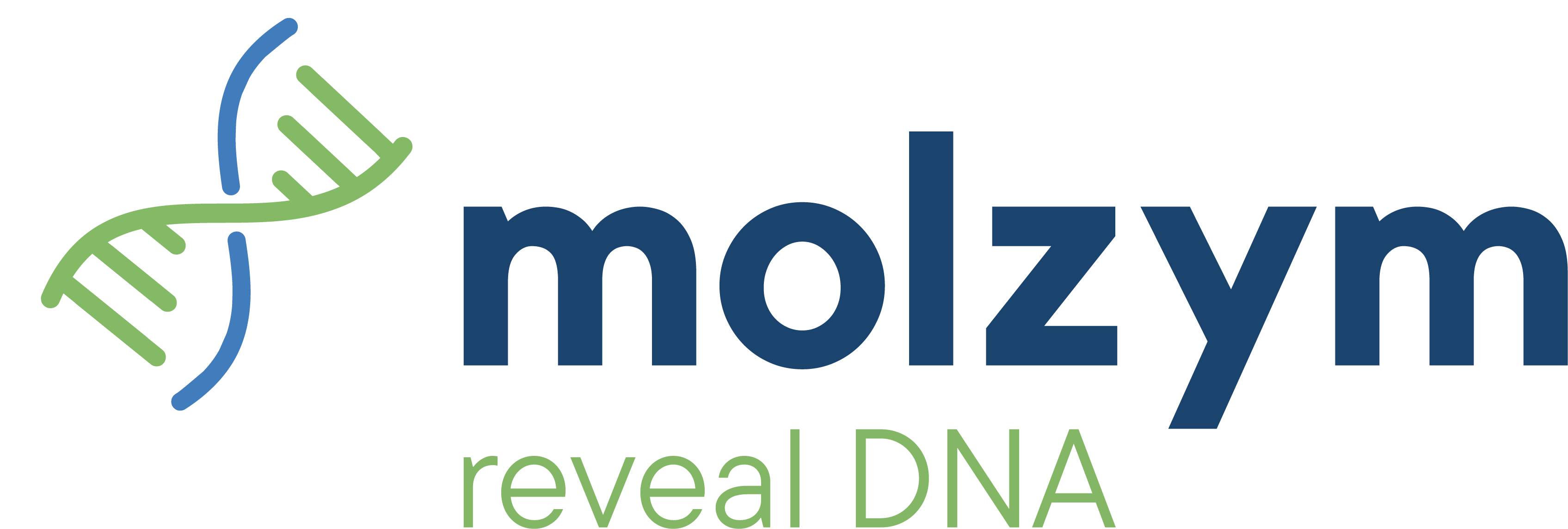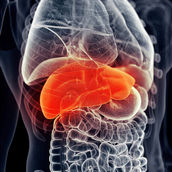Molecular Quantification and Differentiation of Candida Species |
| 22 April 2020 |
|
Patients with liver cirrhosis are susceptible to fungal infections and need to be treated appropriately. Conventional culture-based methods bear the risks of false-negative and late available results. Therefore, Krohn and her colleagues [1] developed a culture-independent approach for reliable and quicker identification of fungal pathogens. At the University Hospital Leipzig, the authors collected ascites, blood and duodenal samples from patients admitted with liver cirrhosis and from control patients with non-liver diseases. Pathogen identification was performed conventionally by culture-based methods with BacT/Alert blood culture bottles (bioMérieux, France) and agar plates. In addition, samples were analyzed culture-independently by targeting the 18S rRNA gene in combination with direct sequencing and terminal-restriction fragment length polymorphism (T-RFLP) [1]. To overcome the risk of false-positive PCR results, MolYsis™ Complete5 kit (Molzym, Germany) with ultra-clean reagents for fungal DNA enrichment and isolation was used. The microbial DNA was analyzed with two approaches: a) quantification of fungal DNA by amplification of the V4 variable region of the 18s rRNA gene with hybridization probes and identification by sequence analysis; and b) using the same primers and additional 5’-FAM-(6-carboxyfluorescein)-labelling of the forward primer for T-RFLP analysis to differentiate the candida DNA. Restriction enzymes were selected for the most clinically relevant fungal strains: C. albicans, C. krusei, C. tropicalis, C. glabrata, C. parapsilosis, C. haemulonii, C. dubliniensis, C. norvegensis, C. kefyr, C. guilliermondii, C. sphaerica, C. lusitaniae and S. cerevisiae [1]. The described molecular methods detected fungal pathogens with a high concordance of about 96% compared to culture-based techniques and fungal DNA was additionally amplified in 44% of culture-negative duodenal samples. The overall detection rate of fungi in duodenal fluid was higher with PCR (75%) than with culture (60%) [1]. The clinical impact of the culture-negative PCR-positive samples was evaluated by negative controls processed in parallel to define a contamination threshold. The authors concluded that the described molecular approach reliably detects fungal DNA and can quantify and differentiate Candida species leading to an equally effective and quicker method than conventional culture [1]. Note: For long-term storage of samples, please mix the samples with glycerol (final concentration of 20%), as described in the publication, and store thus prepared samples at -80°C until further processing. |
| Reference |
|
[1] Krohn S, Zeller K, Böhm S, Chatzinotas A, Harms H, Hartmann J, et al. (2018) Molecular quantification and differentiation of Candida species in biological specimens of patients with liver cirrhosis. PLoS ONE 13(6): e0197319. (link)
|
| Product Information MolYsis™ Technology |

